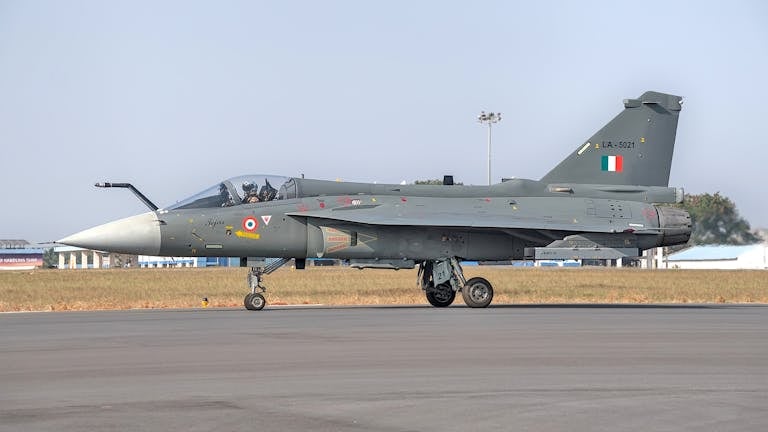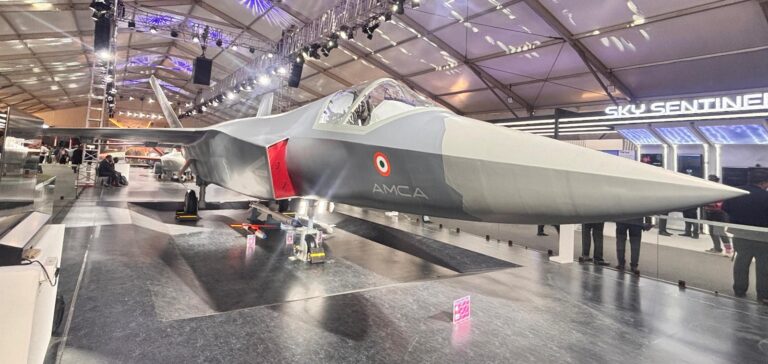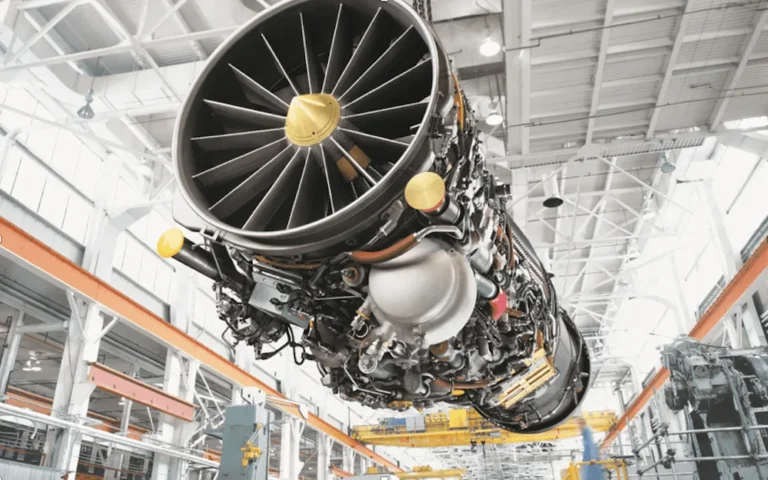Introduction — why Agni 6 Missile matters
The Agni 6 missile (often written Agni-VI) has become one of the most talked, about entries in India’s strategic weapons roadmap. Touted as a next-generation intercontinental ballistic missile(ICBM) with a potential range up to 12000 km, Agni 6. If realised would extend India’s strategic reach to cover much of East Asia, Europe and beyond. That range combined with reported plans for Multiple Independently targetable Reentry Vehicle(MIRV) and MaRV features would mark a major leap in deterrence and regional power projection.
History & development background of Agni 6 missile:
The Agni family traces back to India’s Integrated Guided Missile Development Programme (IGMDP). After incremental advances from Agni-I through Agni-V. Indian defence planners and DRDO engineers began conceptual work on a longer-range, more survivable ICBM commonly referred to in open sources as Agni 6 or Agni-VI. Early public mentions date to the 2010s when DRDO leaders and defence analysts discussed a four-stage solid-propellant ICBM with MIRV capability. However, officials have not always publicly confirmed government approval for a dedicated Agni-VI project. Many technical details remain classified or reported through defence-industry analysis.
Technical specifications (reported / open-source)
Note: Several Agni-6 details remain unclassified or reported variably in open sources. Here is a fact-based overview of commonly referenced statistics and abilities.
Design concepts & propulsion
Propellant/stages: Reportedly a four-stage solid-fuel rocket motor to maximise range and mobility. Solid stages favour road/mobile launchers and quicker launch readiness.
Size & mass (open estimates)
Weight: Open-source estimates range widely; many sources list ~50,000–70,000 kg as a plausible gross mass depending on configuration.
Payload & warheads
MIRV capability: Public reporting suggests the design could carry multiple warheads, “reportedly up to 6–10 MIRVs” or combinations of MIRVs and MaRVs to defeat missile defences. Exact payload capabilities are not publicly confirmed.
Range & accuracy of Agni 6 missile
Range: Frequently reported open-source values place Agni-6’s strike radius in the ~9,000–12,000 km band, with many sources citing ~11,000–12,000 km as an aspirational figure. DRDO and the Indian government have been circumspect about publishing exact official numbers.
CEP / accuracy: No reliable public CEP figure; modern strategic designs aim for sufficiently accurate guidance to hold hardened targets at risk.
Capabilities & intended roles
Strategic deterrence: Engineers conceived Agni-6 as a high-end strategic deterrent, extending India’s reach to far-off continental targets and reinforcing second-strike credibility.
MIRV/MaRV to complicate defenses: By fielding MIRVs and manoeuvrable reentry vehicles. Agni-6 would complicate adversary missile-defence planning and enable multiple target strikes from a single launch.
Mobile and survivable basing: Reports emphasise road-mobile launchers (and speculative submarine-launch options in some commentary), increasing force survivability and deployment flexibility.
Variants & deployment concepts
Land-based road mobile ICBM: The most discussed variant; follows Agni-V’s mobile launcher model for survivability.
Submarine-launched derivative (speculative): Some analysts speculate on an SLBM version or derivative to bolster sea-based second-strike forces. This remains largely conceptual in public reporting.
Payload configurations: Configurations could trade payload mass v/s range (fewer/lighter warheads for extended range, or heavier cluster of MIRVs for shorter plumes).
Operational usage & command structure
If deployed, military leaders would almost certainly assign Agni-6 to India’s Strategic Forces Command (SFC) and integrate it into existing nuclear command, control, and communications (NC3) structures. Given India’s declared No-First-Use policy, Agni-6’s primary role would be reinforcement of a secure second-strike posture and extended deterrence. Open analysis stresses the political and strategic decision-making chain (Cabinet Committee on Security) would oversee deployment.
Comparison with similar systems
Agni 6 missile vs Agni 5 missile
Range: Agni-V is widely reported with ~7,000–8,000 km range; Agni-6 targets roughly 9,000–12,000+ km depending on loadout — a clear step up.
Warhead tech: Agni-V has been flight-tested with MIRV concepts; Agni-6 is projected to embed MIRV/MaRV as standard.
Agni-6 vs global ICBMs (US, Russia, China)
Comparable range: Many US, Russian and Chinese ICBMs exceed 10,000 km. Agni-6’s reported maximum would put it in the same strategic radius bracket though operational factors like (survivability, accuracy, warhead count) determine true parity. Open sources caution that achieving comparable operational readiness and doctrine is a distinct challenge beyond raw range.
Development timeline & public status
Public reports on Agni-6 span more than a decade. In past interviews, DRDO scientists indicated that they had completed or were underway with the design work and feasibility phases.However, they have not consistently announced an official, fully sanctioned project timeline or public flight tests for Agni-6. Independent defense organizations and research institutions consistently observe tests related to MIRV and re-entry vehicles. Some of which are connected to Agni-V trials, as indicators of advancements toward an actual Agni-6 capability.
Strategic & geopolitical implications
A fielded Agni-6 would:
Expand India’s deterrence footprint to cover distant theatres and contribute to strategic stability (or competition) depending on regional dynamics.
Influence regional calculations particularly with neighbors and great-power actors concerned about power projection and second-strike survivability.
Drive technological focus on missile defence, counter-measures and arms control conversations in the region.
Conclusion & future developments
Agni-6 represents the logical next step in the Agni family. Agni-6 is a longer-range missile, MIRV equipped and ICBM designed to strengthen India’s strategic deterrent. While open-source analysis consistently lists 9000 to 12000 km as the missile’s potential range and highlights MIRV or MaRV capability as a priority. Many operational details (deployment timelines, exact payloads, CEP) remain undisclosed publicly. Going forward, expect incremental public signals, advanced re-entry vehicle tests, MIRV demonstrations and official DRDO briefings that will better define when and how Agni-6 moves from concept to operational reality.
FAQs (targeted for featured snippets)
What is the range of the Agni 6 missile?
Open-source reporting places Agni-6’s potential range in the ~9,000–12,000 km band, with many reports citing ~11,000–12,000 km as a commonly referenced figure; exact official figures remain classified.
Is Agni-6 operational?
No public authoritative source confirms Agni-6 as operational. It remains an under-development/aspirational next-generation ICBM in open reporting, with related technology trials (MIRV/MaRV) progressing in India’s ballistic missile programme.
Will Agni-6 carry MIRVs?
Many open sources report that analysts expect Agni-6 to have MIRV capability (multiple warheads) and MaRV features, enabling multiple targets per launch and better penetration of missile defenses.
How does Agni-6 compare to Agni-V?
Agni-V has an estimated range of 7,000–8,000 km; analysts report that Agni-6 represents the next step with significantly greater range (potentially up to ~12,000 km) and greater warhead sophistication (MIRVs/MaRVs).
When will Agni-6 be deployed?
A: There is no confirmed public deployment date. Timelines in public reports have varied; confirmation would come only from official DRDO or Ministry of Defence releases.



